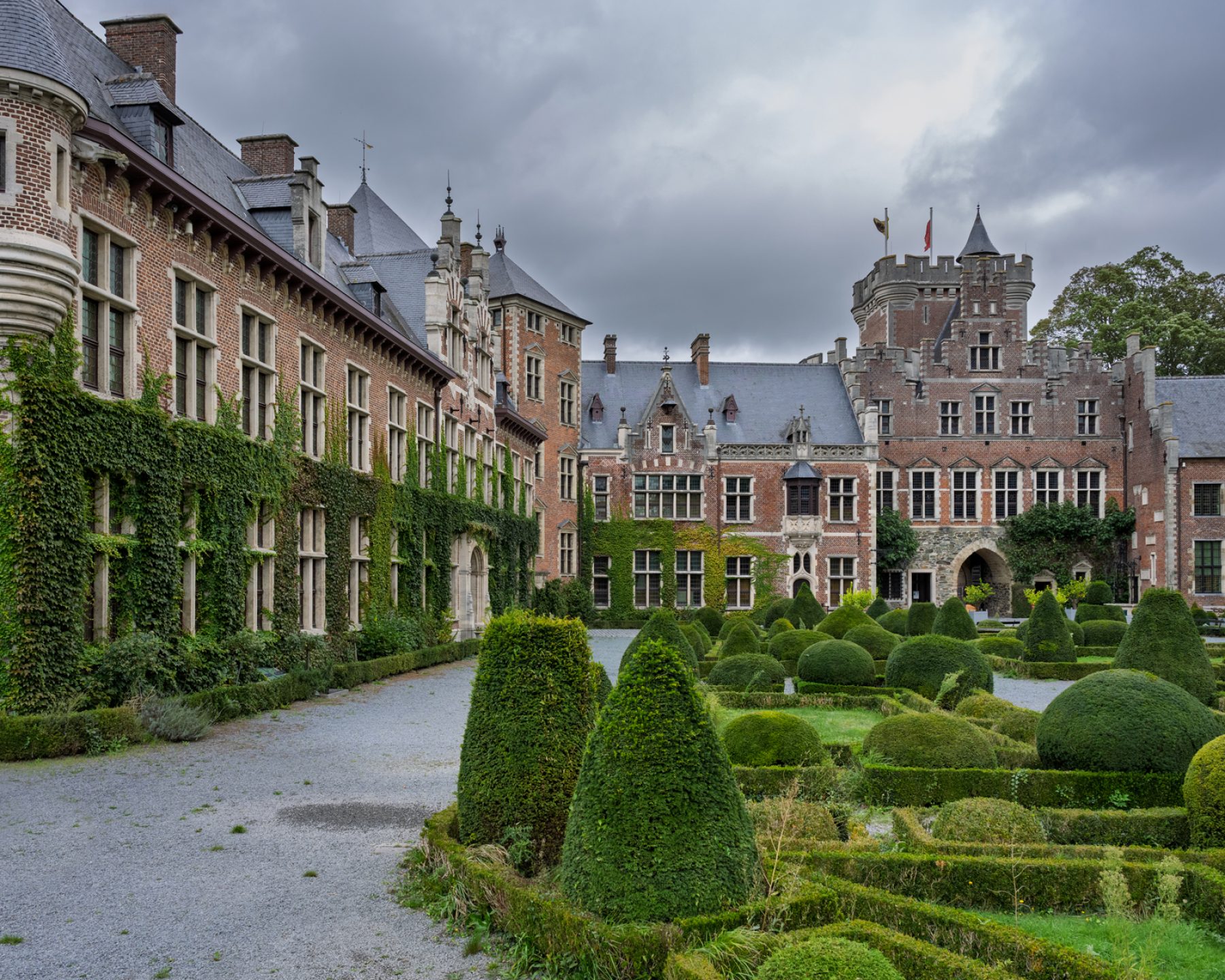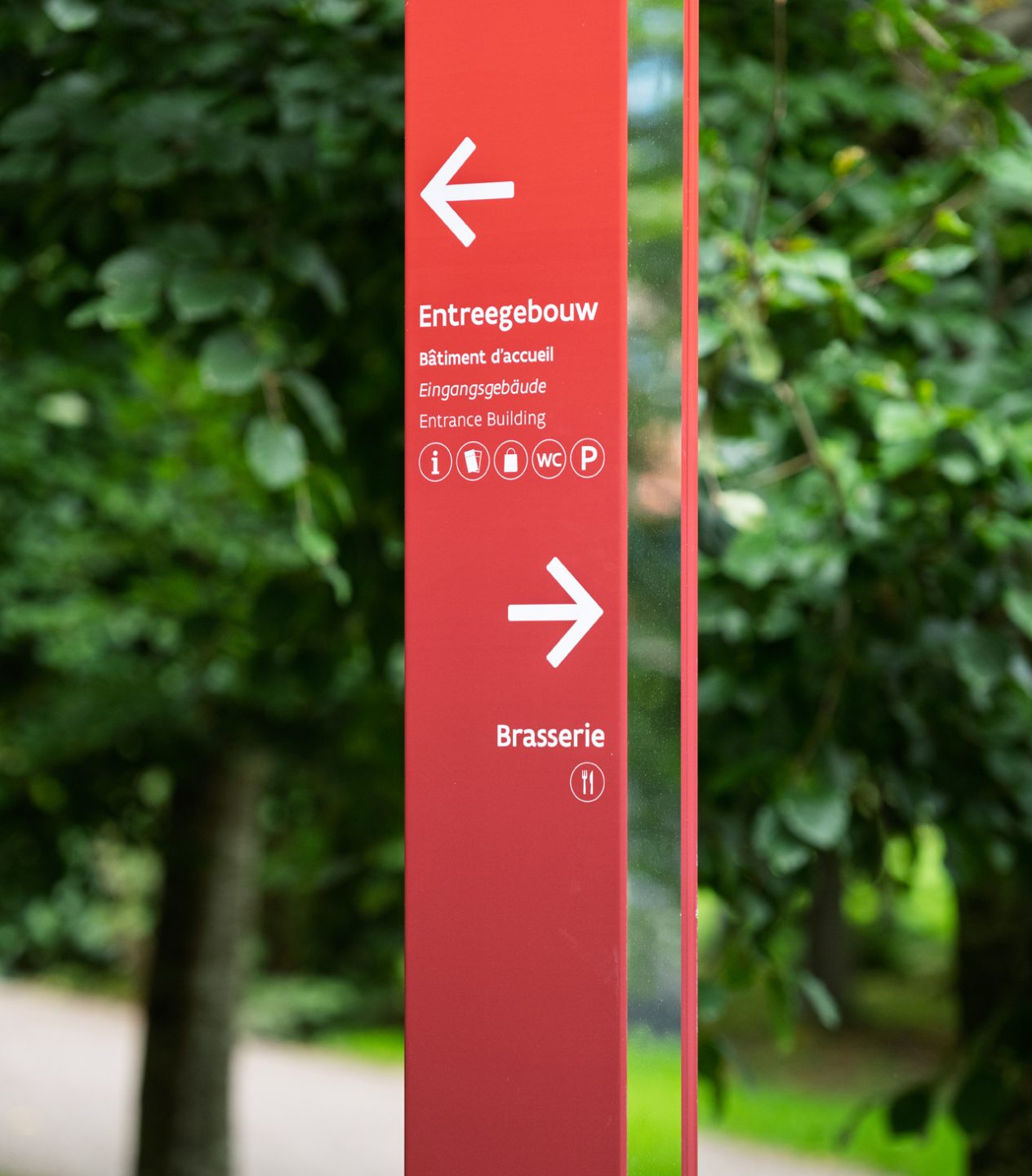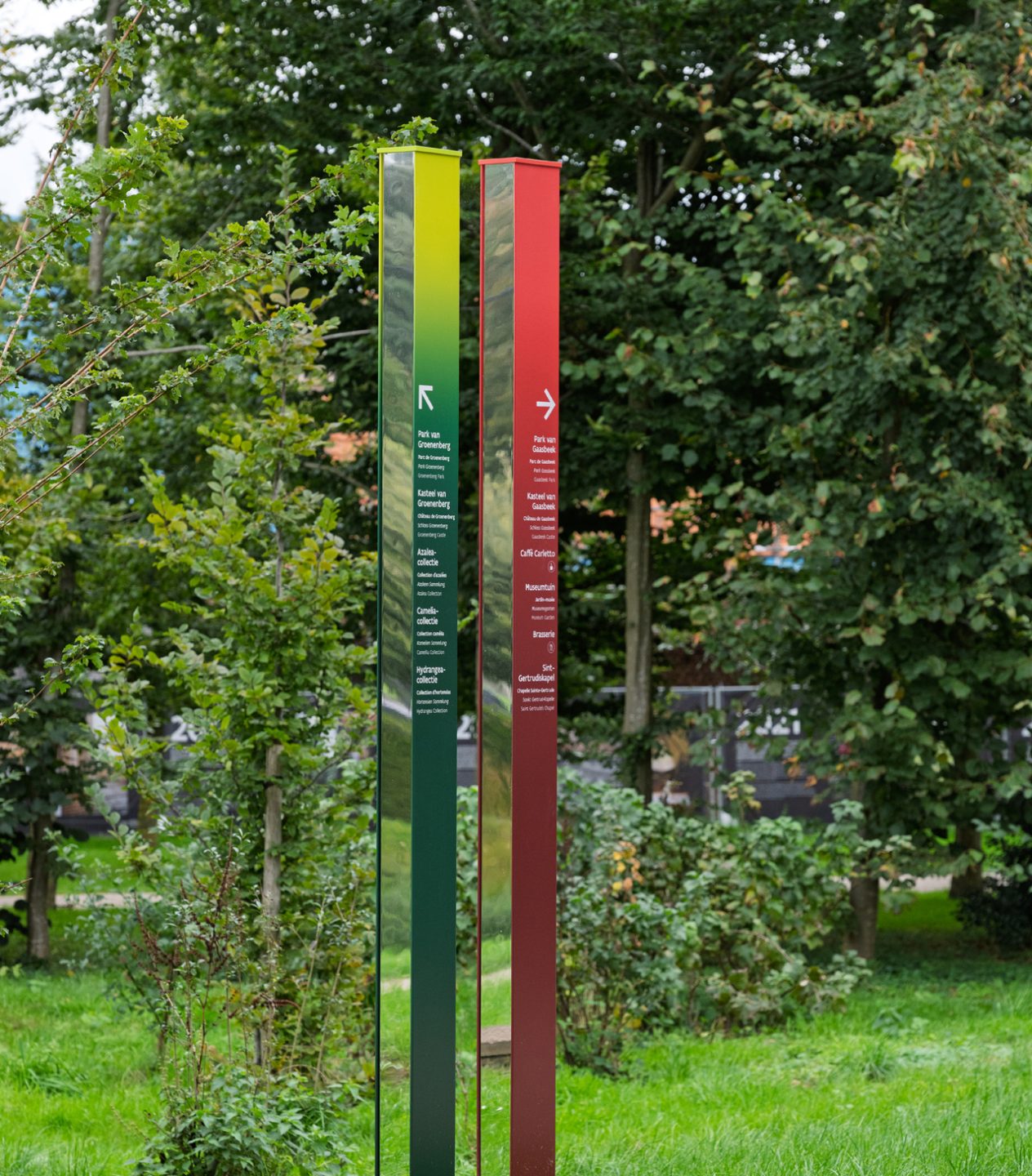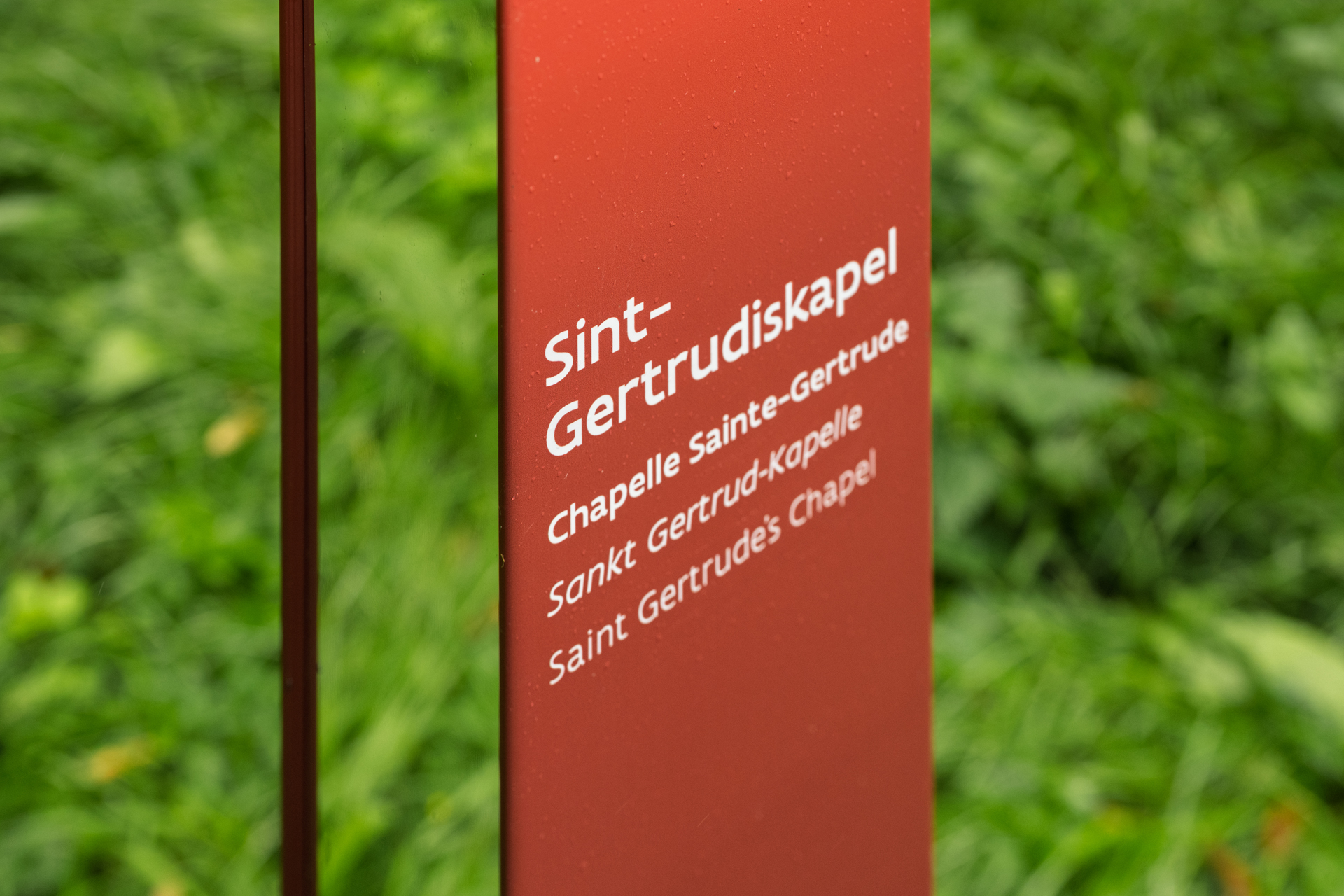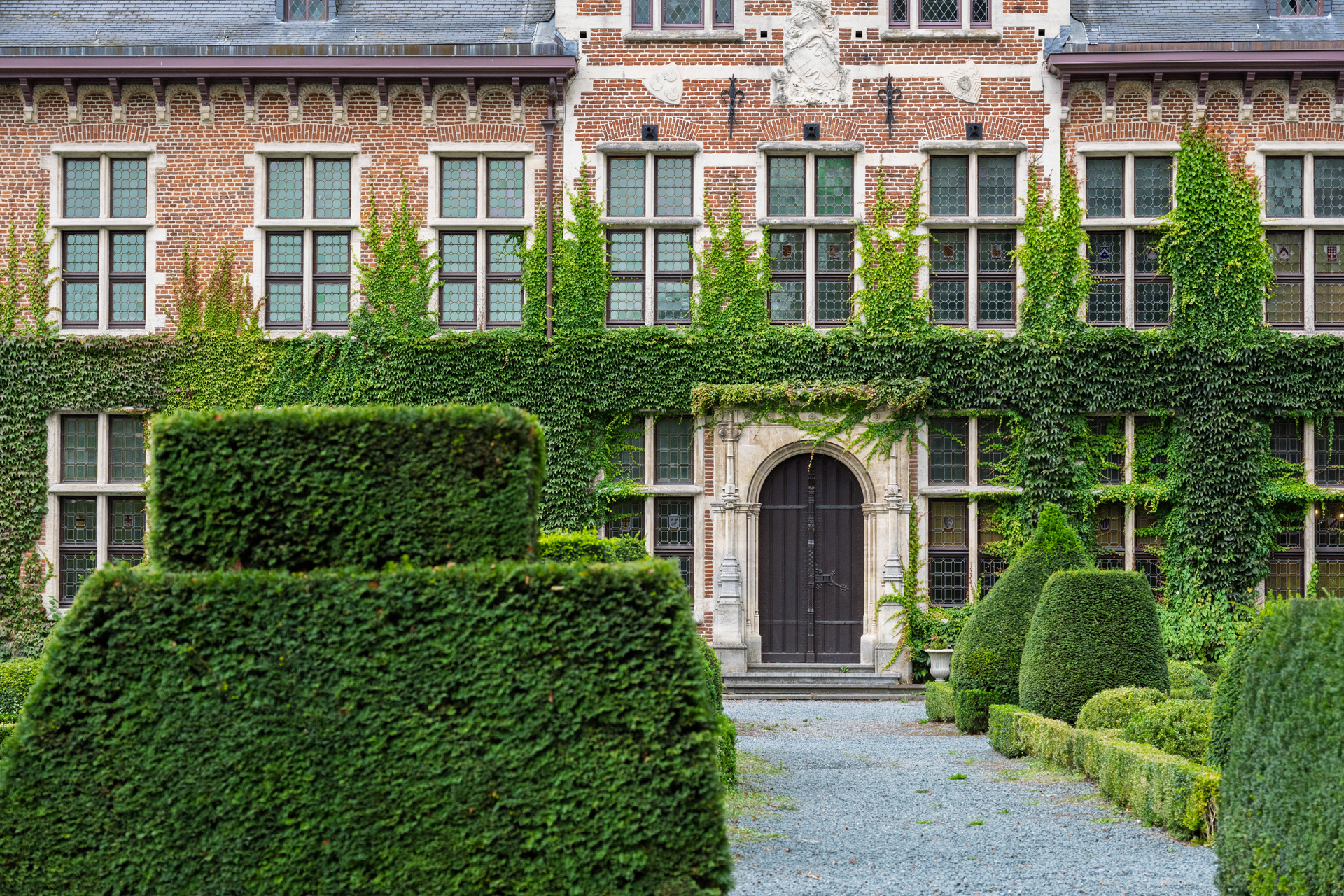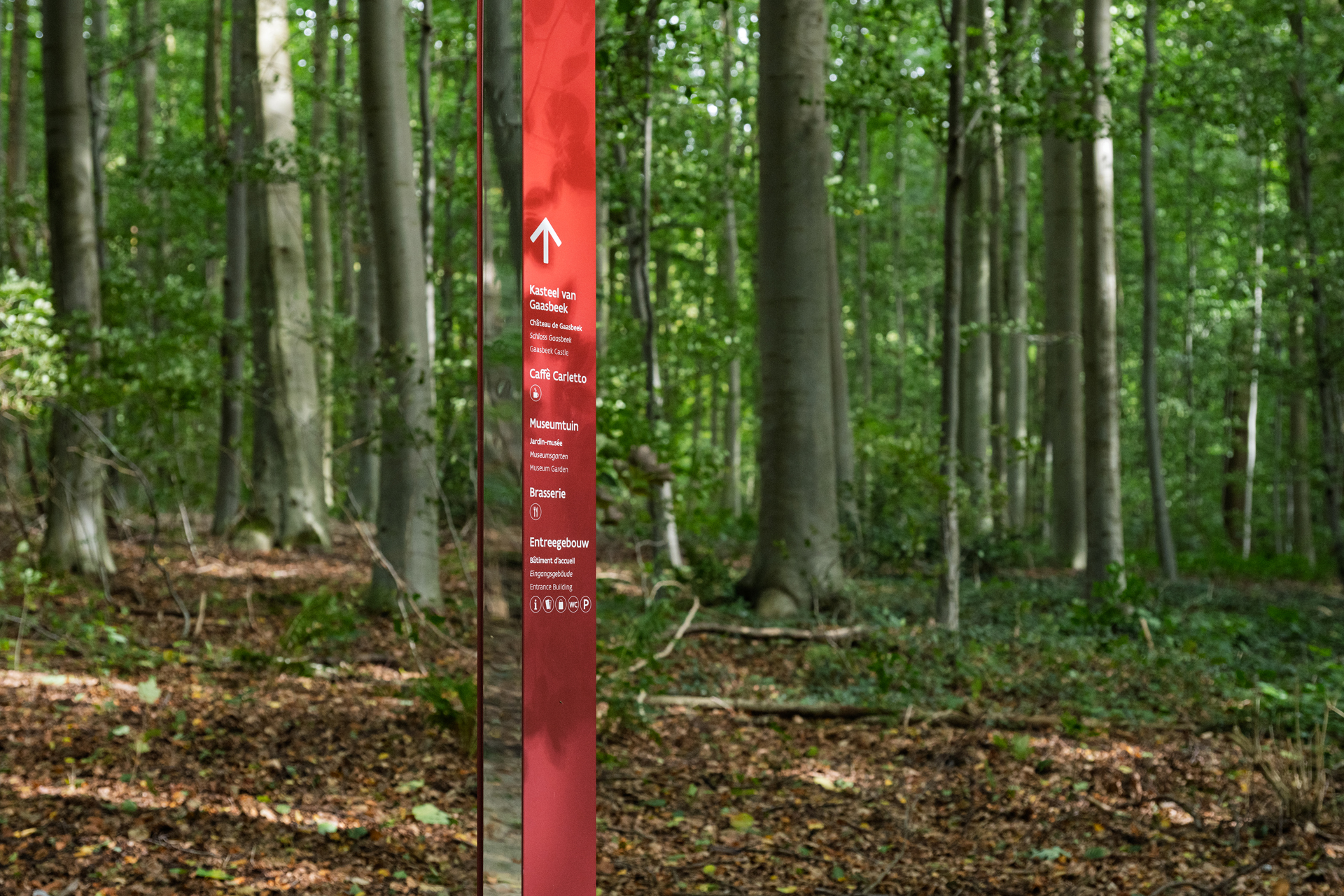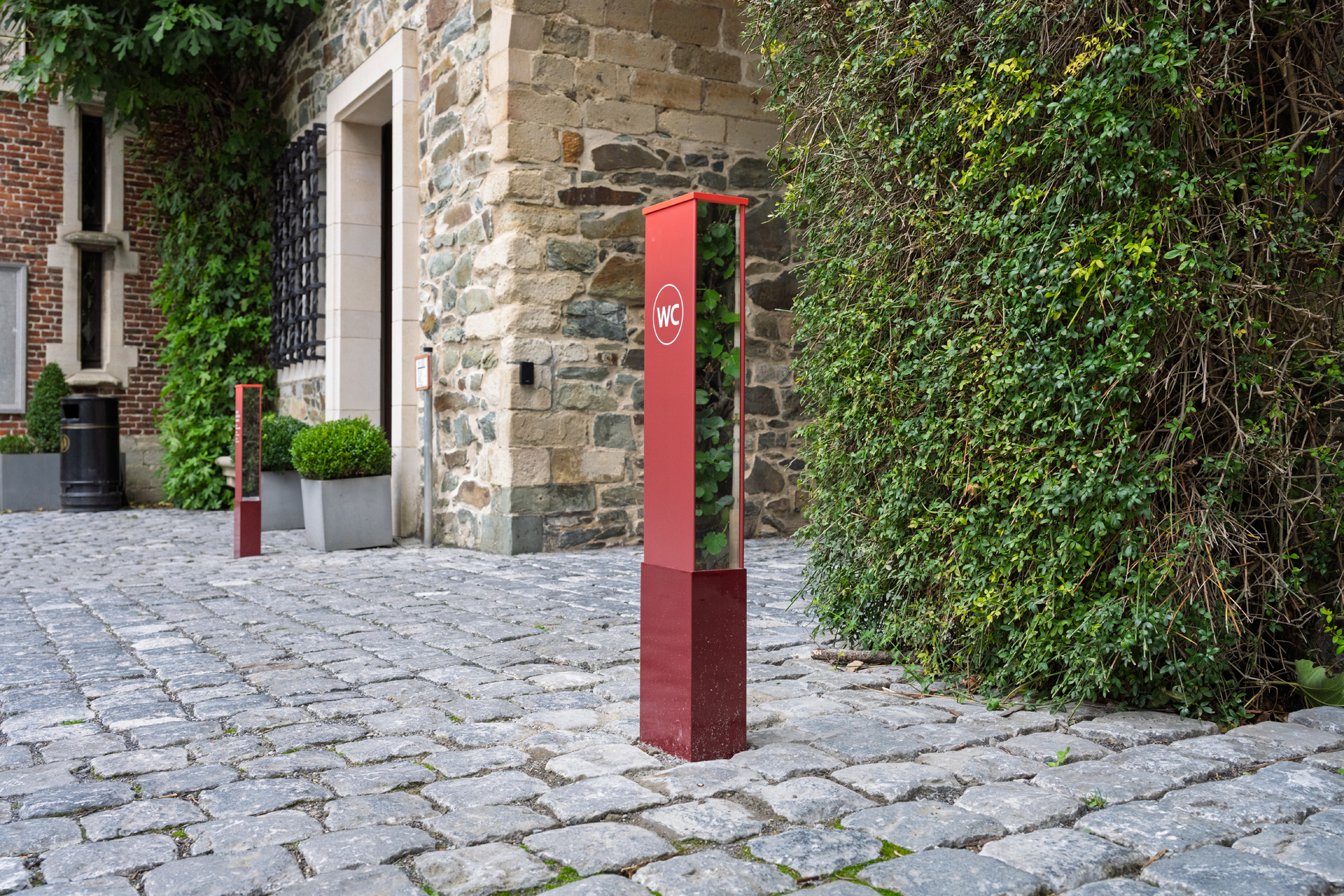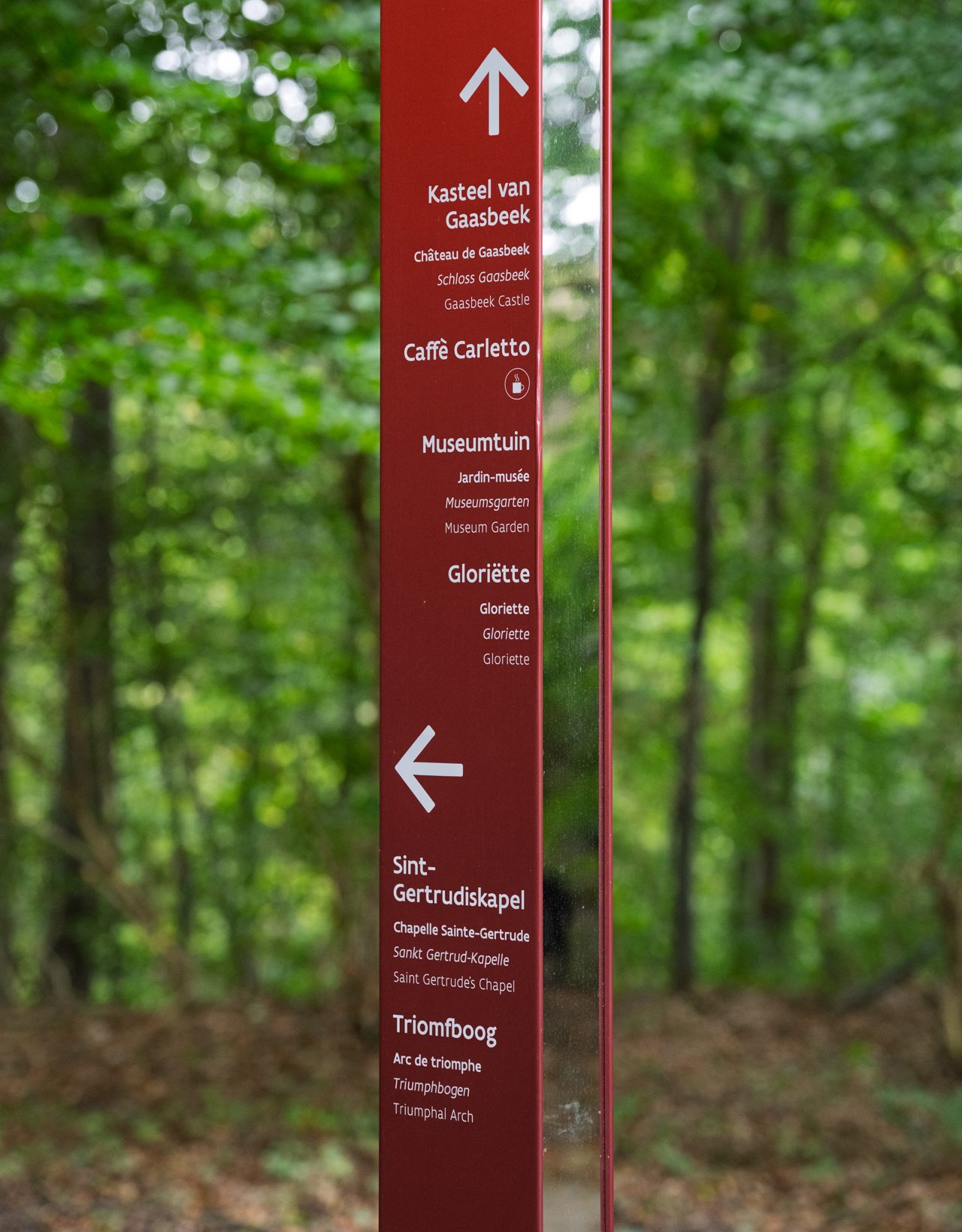Gaasbeek and Groenenberg are adjoining parks with distinct features that create a unique landscape experience. Groenenberg is celebrated for its diverse flora and natural beauty, offering visitors a rich botanical journey. Gaasbeek complements this with its monumental buildings and historical significance, providing cultural context to the natural environment.
These complementary spaces serve as both recreational areas and cultural landmarks, combining natural exploration with architectural appreciation in a seamless visitor experience.

